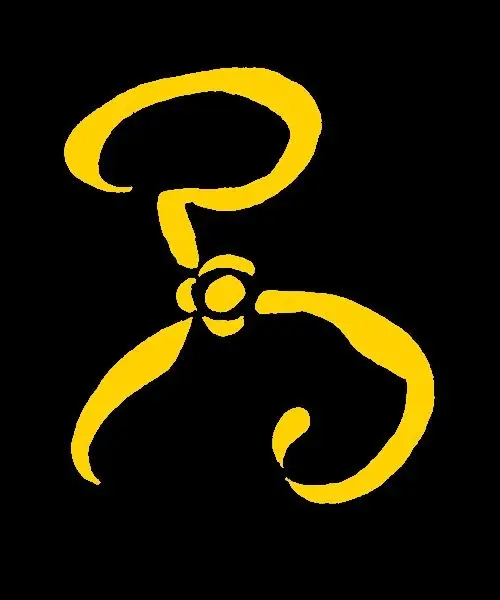Welcome back everyone, to the seventh meeting of our Dream Cycle Book Club. This week we will be discussing Hypnos and Azathoth.
Our reading for this week is two more short stories: What the Moon Brings and The Hound.
What the Moon Brings was written in June 1922. It is available in PDF format via the Arkham Archivist here. An audiobook version is available via LibriVox here
The Hound was written in September 1922 and is the last dream related story written by Lovecraft in 1922. It is available in PDF format via the same link given above. I cannot find a LibriVox recording so I once again link to a reading by the talented HorrorBabble here.
Image credit Carole Raddato
It’s hard for me to draw much out of Azathoth, as in my tome of Lovecraft stories it measures in at about a page. What interests me most about this story is that Lovecraft had intended to write a dream novel, 5 years before his novella The Dream Quest of Unknown Kadath. It’s interesting to me, to see these early experiments with the germ of a story which eventually develops into my favourite of Lovecraft’s tales.
The interesting idea that I found in this short tale is how the dream explorer (Randolph Carter?) enters the world of dream. Rather than descending the 70 steps of light slumber, passing the guardians at the cavern of flame, and descending further on the 700 steps of deeper slumber, the protagonist of this short tale finds the path to projecting his dreaming consciousness by intense study of the stars. Over many years, he comes to recognise patterns in the sailing of stars in the night sky. These patterns reveal secret vistas, hidden in plain sight, and bridges to the dream world in the skies.
Which is your favourite way in which the dreamlands have been reached in Lovecraft’s writings? Though Unknown Kadath is my favourite tale, this interpretation of celestial bridges more readily inspires my imagination than descending the 700 steps.
Of this week’s reading, Hypnos definitely offers more for the reader to digest. It is another tale of hubris, similar to the stories of last week, and has an ambiguous ending which leaves room for speculation.
The story is a first hand account of a friendless sculptor who becomes fast friends with a man he meets at the train station. Little is actually revealed about this friend other than his striking “Olympian” features which compel our protagonist to sculpt him in the daytime.
At night, the two friends seek knowledge beyond the scope of the physical world and so they venture into Dream for their answers. The nameless friend acts almost as a guide, always some length ahead of the sculptor as they delve deeper into their dream studies. They soon turn to discussing blasphemous philosophy while in the waking world, and the narrator becomes afraid of the friends intent, to use newfound knowledge to gain control over the waking universe.
One night while adventuring in Dream, the sculptor is hindered by an obstacle which his friend seemingly didn’t encounter. The sculptor wakes while the friend journeys on. Whatever the friend sees, he is incredibly frightened, to the point that his hair turns white and he is seen to age rapidly. The two friends agree to eschew sleep as much as possible.
The two friends take to raucous partying and abuse of drugs in order to remain awake, and the friend of Olympian features becomes fixated with a certain constellation. The sculptor eventually sells off all of his work to fund their habits. One winter night, when the sculptor has no more art to sell, his friend drifts into sleep. From the constellation to which the friend has become obsessed, a strange light that offers no illumination creeps into their squalid apartment and bathes the sleeping friend.
The friend seemingly awakes and acts as though screaming in torture, though no sound is produced. The sculptor peers into the source of the light and views something maddening that he dares not repeat. He collapses into a fit of screaming which summons the neighbours and police. These people reveal that he has always lived alone and that he has not sold all of his sculptures. In the place of his sleeping friend is a marble statue of a man with those Olympian proportions, though the neighbours remark on its similarities to his own face. At the base of the statue is written the name 'ΥΠΝΟΣ.
This story leads me to ask many questions. Did his friend actually exist in the physical world? Was this friend an embodiment of Hypnos, or simply a man that drew the ire of Hypnos for abusing dream? Was the entire friendship and fate of the friend some allegorical illusion witnessed by the sculptor, who deeply desired that which the friend desired?
I have my own assumptions for all these questions, though I feel like many ambiguous stories, there may not be a canonical interpretation. Given the peculiar nature of the Dreamlands, the answer could be some combination of mutually-contradictory answers.

